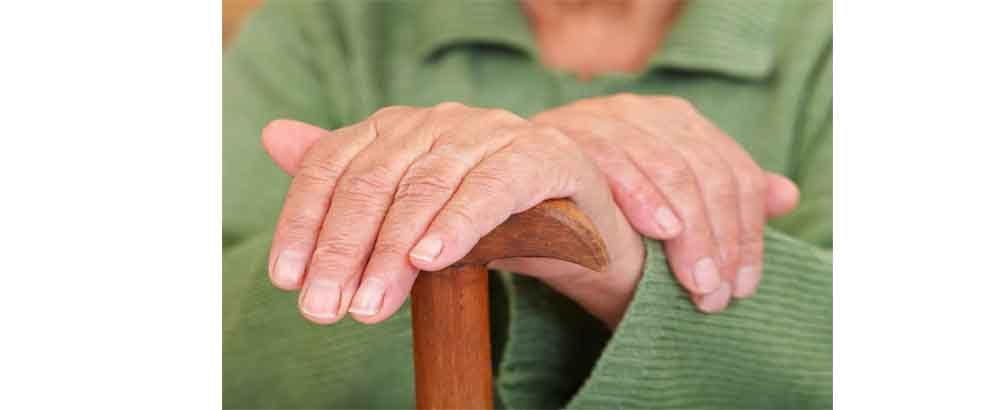By Ejaz Shamim, MD
If you are among the millions of Americans, most over the age of 40, who suffer from a tremor, you know how disabling (and embarrassing) having a movement disorder can be. The most common type of tremor is referred to as essential tremor. Though not life-threatening, this movement disorder typically affects the fingers, hands, and arms – notably when a patient is moving the affected body part – often making it impossible to use a fork, write with a pen, drive a car, or keep your head still. If the tremor extends to the trunk and legs, your balance can be thrown off, making it impossible even to walk.
Doctors usually treat essential tremor with drugs: beta-blockers such as propranolol and anti-seizure medications such as primidone. But there are drawbacks; for one thing, these medications often make people groggy. In addition, not everybody responds to them and the side effects can be as debilitating as the disease itself.
Deep Brain Stimulation (DBS) is a surgical option: Electrodes are implanted deep in the brain into the thalamus, a structure that controls muscle movement and the tremor. The electrodes are connected to a pacemaker-like device implanted under the skin in the chest area; it contains a battery and generates electric pulses that are delivered to the thalamus, blocking the tremor. DBS is effective but it’s also highly invasive, comes with a risk of infection, and requires surgical replacement of the battery every few years.
Now there’s a promising new treatment for essential tremor that is non-invasive. Approved by the U.S. Food and Drug Administration (FDA) in July 2016, it requires no incision, no electrodes, and no anesthesia. The new treatment involves the use of a magnetic resonance-guided focused ultrasound. Doctors use MR imaging to locate a tiny section of the thalamus called the ventralis intermedius (VIM), a cluster of cells only a few millimeters thick that is the source of tremor. Then the doctors deliver focused ultrasound – or sound waves – to heat and destroy it. The entire procedure takes only a few hours, and patients are awake throughout.
Although the procedure can only be performed on one side of the brain and not on both sides, a recent study published in the New England Journal of Medicine shows physicians have been able to reduce tremor by 47 percent by zapping the VIM with focused ultrasonography. That kind of improvement is enough to enable a patient with essential tremor to eat a bowl of soup, sign his or her name, or shave.
Of course, it’s important to consider that every procedure has certain drawbacks and risks – and to remember that this new treatment is a therapy, not a cure. Because focused ultrasonography kills part of the brain (albeit a tiny one causing a problem) it alters part of the person’s anatomy forever. In addition, when the thalamus is altered, patients sometimes experience abnormal sensations in other parts of the body, especially in the face. Removing the VIM can also affect gait.
So far, focused ultrasonography has been approved only for the treatment of essential tremor and is not widely available, but once clinical trials are completed, it may well be approved as a therapy for mitigating the tremors that Parkinson’s disease patients have. And there could well be more: Researchers believe it has the potential to be used to destroy tumors in the brain – as well as in other areas of the body.
The advances in science and technology that allow a new treatment like this are amazing, but it is important to remember that most new treatments should be an option to discuss with your doctor rather than assuming they are the best first course of treatment for you.
For more on treatments and therapies for essential tremor, visit the Focused Ultrasound Foundation. To stay apprised of therapies for Parkinson’s disease, visit the Parkinson’s Disease Foundation.




